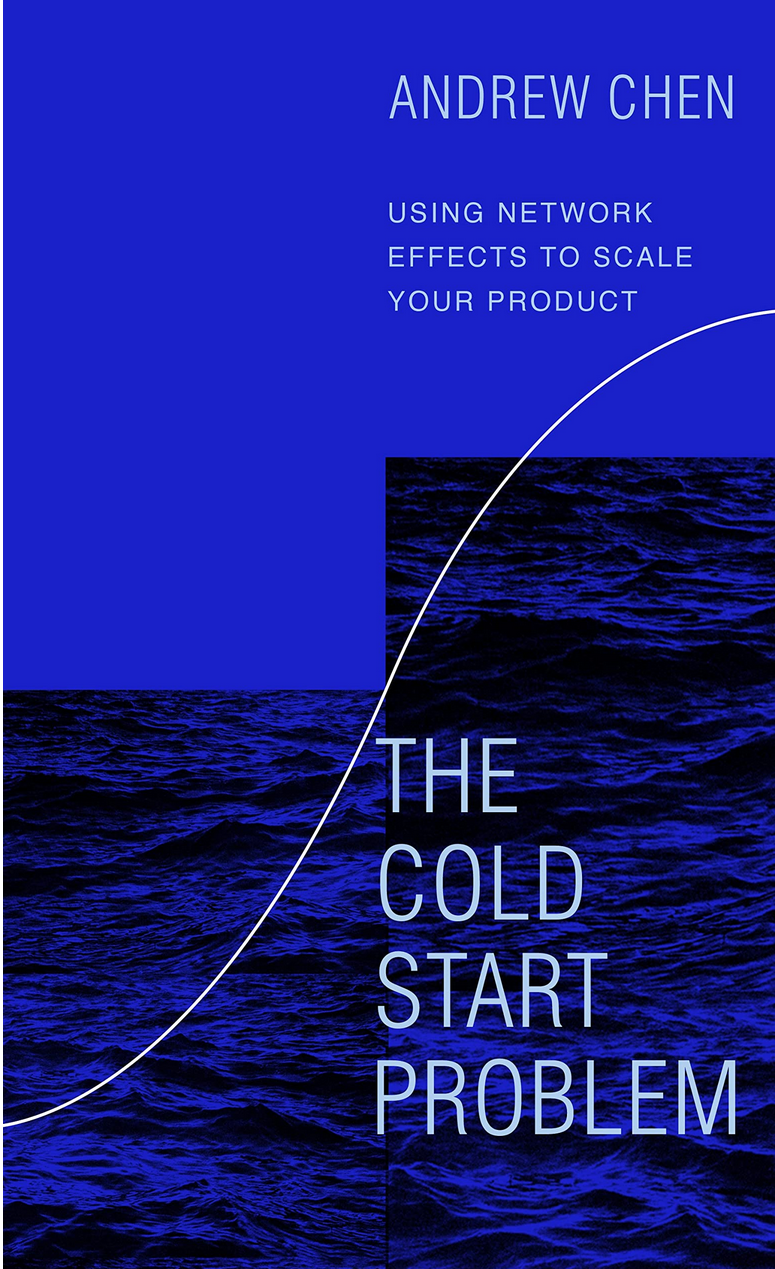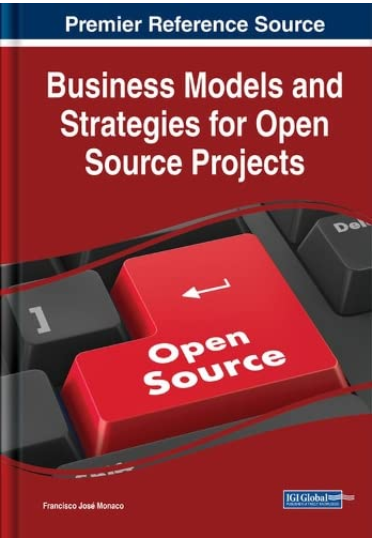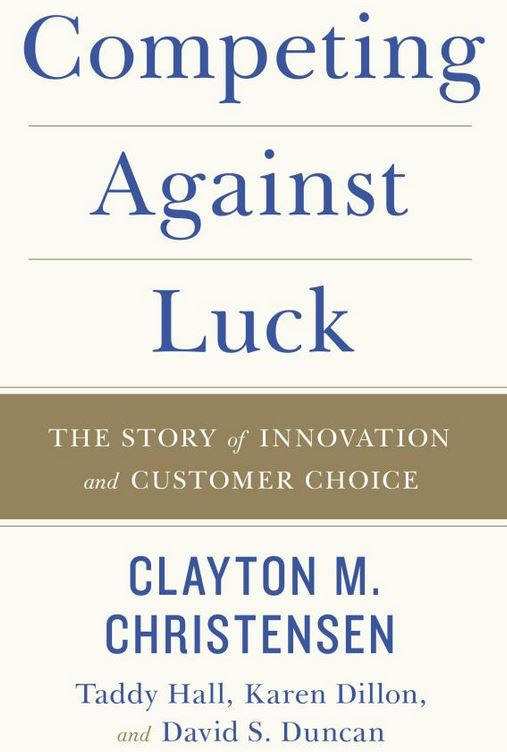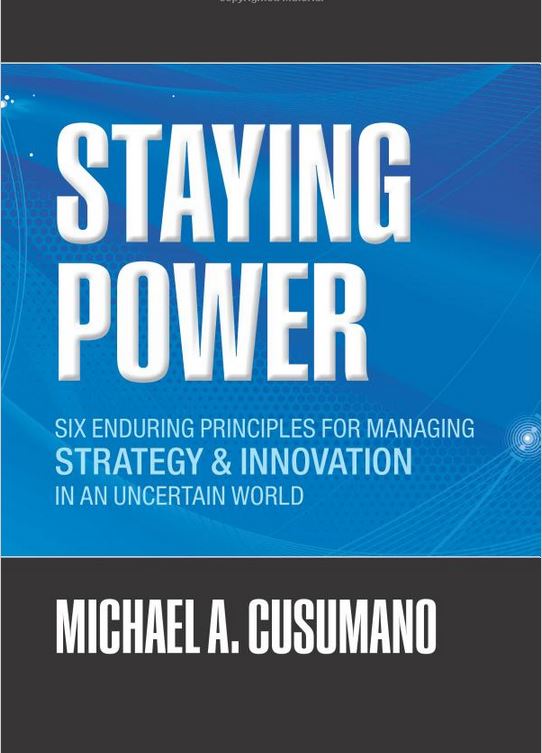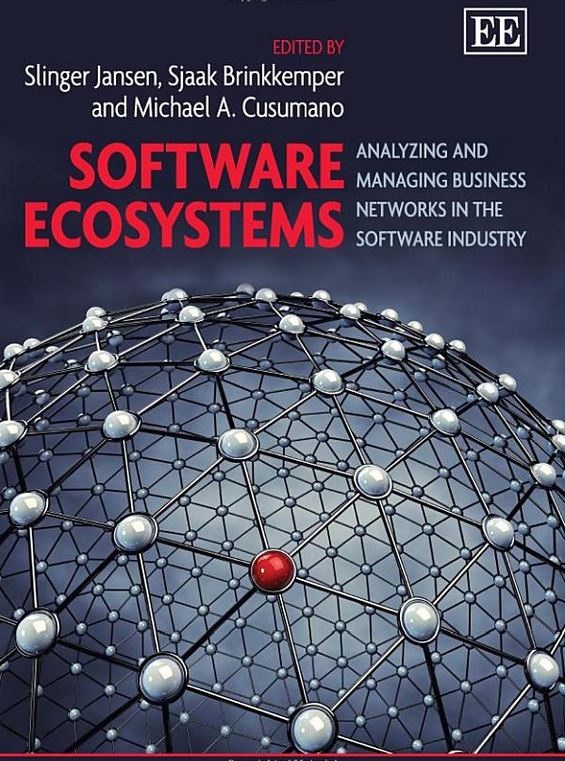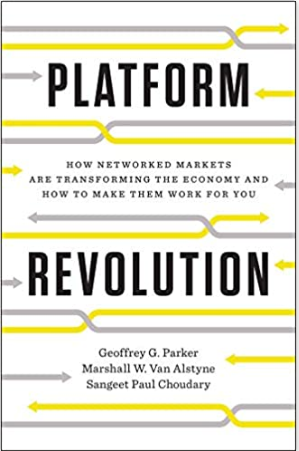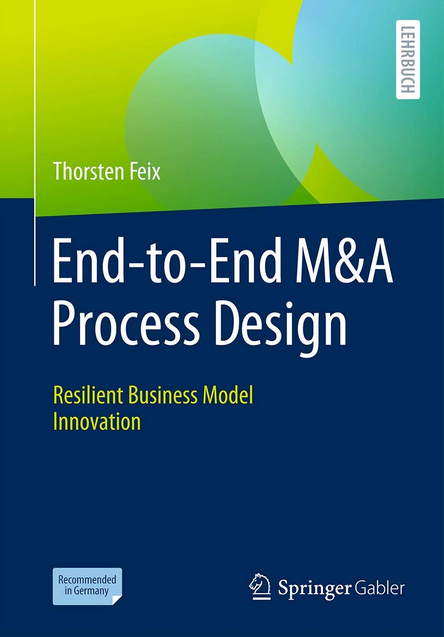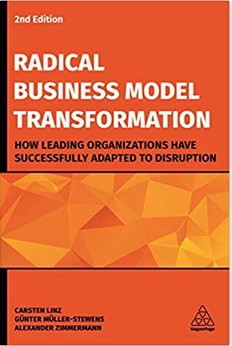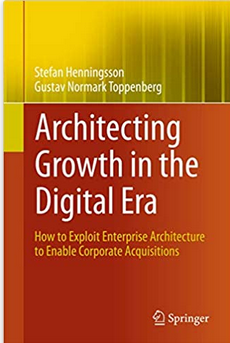Revenue models in the software industry
Executive summary
A revenue model tells you how a software vendor is compensated for its solutions and services. Software vendors usually have a hybrid revenue model, i.e. several revenue streams combine to the overall revenue model. The structure of revenue models with their combination of revenue streams, often containing one or more non-monetary compensations, can be a source of competitive advantage in a business model. Related to software ecosystems, there are two aspects of revenue models. One is, that there might be a revenue model specific to the software ecosystem like software ecosystem fees or revenue shares. The other is, that a revenue model can be used to fund business patterns or businesses that are not connected to each other. This funding might be used to create competitive advantage, e.g. by establishing lower pricing for other revenue models.
Find this information and much more in the book PROFIT FROM SOFTWARE ECOSYSTEMS CLICK HERE TO BUY
Business model and revenue model
For the sake of simplicity, let´s assume a business (software company) under consideration has one or more business models and one or more revenue models. A business model determines which goods or services are provided by a company. Formally, the business model consists of one or many business patterns. A business model is a model on type level, which means that it is a generic model showing the type of business, but not how the business is run.
Fig. 1: Business model and revenue model components
A revenue model defines how a company is compensated for each of the business patterns provided. The compensation in a revenue model usually, but not necessarily, is a payment. A company has the freedom to create a revenue model for each the company´s business patterns.
A revenue model consists of one or several revenue streams. Usually one revenue stream compensates for each of the business patterns offered. But this is not necessarily the case. In the case of SaaS, the customer usually pays one subscription fee for the combination of the business patterns Physical Lessor, IP Lessor and Contractor business.
There are flexible ways to create revenue streams for the goods and services provided. Different types of revenue models and revenue streams are created by choosing different values for the following attributes that apply to revenue streams: Compensator, Effect, Rating, Charging and Timing. All of these attributes except causality also apply to a revenue model.
Find this information and much more in the book PROFIT FROM SOFTWARE ECOSYSTEMS CLICK HERE TO BUY Profit from Software Ecosystems
Why don´t you drill further into these topics by having a look at the following content:
Compensator
The Compensator is the party, which provides the compensation (e.g. a customer or third parties). In the creation of a revenue model, you first look at the different parties which could provide the compensation. A simple case of a compensator for goods and services is that a customer pays in cash for each instance of a service that was consumed.
Effect
The effect of the compensation in a revenue model tells if a compensation takes place and of what type the compensation is:
A good or a service might have no compensation. An example is open source software, which can be used without monetary compensation under a certain license. Another example is the social work of a volunteer.
A good or a service might be compensated with other goods and services in return. The search service from Google is compensated with information about the searching user. A good or a service might be compensated financially by different forms of payment. An obvious example is a barber, who gets compensated by cash or credit card payments.
Causality
The relationship between business model and revenue model is based on causality. A revenue stream is always linked to exactly one business pattern that represents the cause for the revenue stream (Causality). Please note that the relationship between business model and revenue model is an indirect relationship, which allows flexibility in creating combinations of business models and revenue models. We saw that in the SaaS example above, where there was one revenue stream for several business patterns.
Rating
In a revenue model, rating is defined as the way to measure the usage or consumption of goods and services. Ratings are done based on amounts or on time or ratings are combinations of both. Ratings by amount are based on the number of goods and services consumed. There are many different ratings possible and many different ratings are used in practice.Typical ratings by amount in the software industry are the number of processors of a computer that runs software or the number of users that has access to a software solution or the throughput of a software solution. In his revenue model, a software as a service provider usually rates the number of users that have access to the offering.
Fig. 2: Types of Ratings in a revenue model
Ratings by time are also popular in a revenue model. You could allow the usage of a software or service for a limited time or for a certain period of time. A cell phone network provider could for example rate for initiation of a call and for each minute of the call by one minute increments.
Charging
In a revenue model, charging is defined as the way to define the compensation amount for a certain rating of goods and service consumption. There is again tremendous freedom to create charging rules in a revenue model. Typical charging models in the software industry are fixed fees for each processor of a server or fixed fees per user or fixed fee per megabyte throughput for a data cleansing solution or a combination of the above.
Extreme examples of rating and charging in the software industry are used for perpetual licenses and all you can eat licenses. Perpetual license means that a revenue stream relates to perpetual use of a software component, which means that the software can be used forever. So the usage is rated by time for unlimited time, but compensated for perpetual use.
An all you can eat license might refer to the customer having a right to use all software solutions of a software vendor. In this case, the software vendor is bundling all of its products into one bundle. This is usually done for large customers of software vendors. It is a good way to sell more products into a customer and to lockout competitors from that customer.
Pricing
In a revenue model, there are different pricing mechanisms and strategies possible. We omit further discussions on pricing and therefore point to existing literature.
Timing of compensation
In a revenue model, The timing of compensation tells at what time the compensation will happen and what additional conditions apply for the timing of the compensation. Examples we meet often are prepay, which means you pay before you are able to consume goods or services, by payment schedule, which might define certain payments at different points in time under certain payment conditions and post pay, meaning you pay after you were able to consume or have received or consumed the products or services.
Find this information and much more in the book PROFIT FROM SOFTWARE ECOSYSTEMS CLICK HERE TO BUY
Why don´t you drill further into these topics by having a look at the following content:
Hybrid business model and hybrid revenue model
If a business model is made up of several business patterns, it is called a hybrid business model. To create a hybrid business model in the real world, you could choose the business patterns Inventor, IP Lessor and Contractor to create a product software company. Hybrid business models can be a source of business model synergies to create competitive advantage, for example: when there is an asymmetric market for companies offering that specific hybrid business model, like the early markets for on demand software or if a hybrid business model creates competitive advantage in markets due to synergies between business patterns or business models.
Hybrid revenue model
If a revenue model is made up of several revenue streams, we call it hybrid revenue model. By definition, a hybrid business model always has a hybrid revenue model due to causality. A hybrid revenue model can be a source of revenue model synergies to create competitive advantage. This can be the case if a hybrid revenue model allows to fund cost of a business pattern with a revenue stream that is not connected by causality or to fund cost for a new business pattern. We will see examples of such a revenue model later on this page.
Hybrid business and hybrid revenue model in the software industry
Looking at the software industry, most software companies have a hybrid business model, because they are acting as an inventor and as an IP Lessor at the same time. In addition, software companies can differentiate their business model by offering software as a product, software as a service or a combination of both. We often also see a corresponding hybrid revenue model.
Software as a product (SaaP) means that a copy of the software product gets delivered to the customer and the customers gets usage rights, usually in the form of a license, for using the software for a specified purpose. The customer does not get ownership of a product, but rights to use the software for a compensation back to the software company. Cost of support and of providing maintenance releases is carried by the IP Lessor. The cost of operations of the solution and the license fees are carried by the customer. The typical Software as a product business represents a hybrid business model as shown in figure 5.
Fig. 3: Hybrid business model for Software as a product.
Software companies typically use these archetypes in combination if they offer Software as a product.
The hybrid revenue model for software as a product is usually made up of the following revenue streams: Inventor (no compensation), since there is no direct compensation for the Inventor business pattern in the software product business, the Inventor business pattern is often associated with sunk cost, IP Lessor (license fees) and Contractor (service, maintenance and support).
Software as a service (SaaS) means that the customer gets access to the software as well as usage rights for a specified time and a specified purpose. The software runs at a hosting provider or in the cloud and is not delivered physically to the customer.
The hybrid business model for SaaS consists of the business patterns Inventor, Physical Lessor, IP Lessor and Contractor. The Inventor business pattern creates the software product that is underlying the service. The software is operated leveraging the business patterns physical lessor (hardware usage), IP Lessor (usage rights) and Contractor (operating, maintaining and supporting). The software company carries the sunk cost of development, the cost of support and maintenance as well as the cost of operations of the software.
For most SaaS offerings in the market, the customer pays for the usage of the SaaS offering, but not for each of the business patterns contained in SaaS. The hybrid revenue model for SaaS is constructed as follows: Inventor (no compensation), since there is no direct compensation for the Inventor business pattern in the software product business, the Inventor business pattern is often associated with sunk cost, IP Lessor (license fees), Physical Lessor (usage fees) and Contractor (operation, service, maintenance and support fees).
Fig. 4: Hybrid business model for Software as a service [7]. Software companies typically use these archetypes in combination if they offer Software as a service. Key difference to SaaP is that the software vendor offers the hardware use and operations services to the customer as part of the SaaS offering.
Why don´t you drill further into these topics by having a look at the following content:
Revenue models of successful software companies
Now let us apply this revenue model framework to three software companies, which were chosen for their size and availability of information about their business models: SAP, Microsoft and Google. The first one is the revenue model of SAP AG, a german company selling software and services in the area of enterprise applications.
SAP is a 11,5 billion Euro revenue company, with more than 100,000 customers in 120 countries [8]. SAP´s focus is on offering software as a product, but SAP is actively working on increasing the software as a service business. In addition, SAP also offers system integrator services and a variety of support services.
Find this information and much more in the book PROFIT FROM SOFTWARE ECOSYSTEMS CLICK HERE TO BUY
SAP business model and revenue model details
One part of SAP´s business model is acting as an inventor. SAP´s inventor business means sunk cost of development, but there is no direct revenue stream compensating for the inventor activities. This would work for SAP if and only if there are enough customers paying for licenses, maintenance and support in the future to make the break even for each product invented. By having a hybrid business model, SAP´s revenue model combines SAP´s revenue streams for IP Lessor and Contractor business (license, maintenance and support revenue).
Another part of SAP´s business model is the IP distributor business. Here SAP acts as a reseller and revenue share partner for a number of partner solutions. SAP distributes usage rights for the intellectual property of SAP partners while avoiding the sunk cost of inventing these solutions. The revenue model contains a revenue stream for these licenses.
Furthermore, SAP has IP Lessor business working in a direct and indirect way with customers. While SAP owns direct business for very large and large enterprises, they engage with partners to get access to small and medium sized customer companies. SAP offers all models of the IP Lessor business. While most of the customers run along the traditional model of SaaP, SAP is increasingly targeting the software as a service business.
Yet another business at SAP is the financial lessor business since SAP offers financing to customers to pay for their license fees. SAP also acts as a physical lessor by running customer software on SAP´s hardware. In addition, SAP offers SaaS solutions like SAP Business ByDesign or SAP CRM on demand, which are running on hardware in SAP data centers. The revenue model contains a revenue stream for that, too.
SAP also acts as a contractor by providing consulting services, support and maintenance services as well as customer specific development for SAP´s on premise offerings as well as operating services for SAP´s SaaS products. And there is a corresponding entry.
Last but not least, SAP has an IP broker business [2]. They host an online solution partner marketplace called SAP Ecohub. Partners can advertise their solutions there and SAP can get a revenue share from partners if leads for partner solutions are created via SAP Ecohub. SAP is also advertising partner products and services that are resold by SAP on SAP Ecohub. Overall, SAP is extending their activities in the partner ecosystem in order to increase revenue from the ecosystem.
SAP´s Revenue Model
Figure 7 gives a simplified view of SAP´s revenue model, because only large streams of revenue are listed. The largest stream of revenue for SAP is revenue for maintenance and support followed by a revenue stream for SaaP. Revenue from maintenance and support services is used to compensate indirectly for inventor business at SAP. Emerging revenue streams at SAP are for SaaS and revenue from the ecosystem. The following figure shows the revenue model.
Fig. 5: SAP revenue model
SAP´s revenue model synergies
SAP´s hybrid revenue model allows to fund new product development from support and maintenance revenue models. In addition, funding of Saas activities by revenue from SaaP seems possible. The revenue generated also allows SAP to acquire companies and thus extend their business and revenue models.
Find this information and much more in the book PROFIT FROM SOFTWARE ECOSYSTEMS CLICK HERE TO BUY
Microsoft´s business model and revenue model
The second software vendor analysed here is Microsoft. Microsoft is a very large company with a number of different business models and over 60 billion US Dollar revenue. Analogous to SAP, Microsoft is rapidly changing from a company that was solely focused on offering software as a product to offering software as a service solutions. As a difference to SAP [8], Microsoft is in the business to business as well as in the business to consumer business, Microsoft offers software and hardware solutions, Microsoft has done significant steps forward in establishing a software as a service offering in the business to consumer business (with Windows Live etc.) and Microsoft does most of its revenue indirectly through partners. Hardware vendors are bundling Microsoft operating systems, software vendors are including Microsoft´s databases in their offerings etc.
Microsoft has direct and indirect IP lessor business with end customers and offers all models of the IP Lessor business with most of the revenue being indirect. In addition, Microsoft has a well established cross-licensing business with a number of software vendors. Microsoft´s Partner solution finder allows customers to find partner solutions on Microsoft´s website, so they match partner offerings with customers (IP broker business). But Microsoft is also extending their business models into other types of broker business. Microsoft partners with Yahoo in the advertising/matchmaking business and provides advertising opportunities via their search engine Bing and as part of Windows Live.
Microsoft´s revenue model
As mentioned above, the main source of revenue is the ecosystem of partners. Many hardware vendors (computers, cell phones, cars) are delivering Microsoft operating systems as part of their offerings and many SaaS and SaaP software vendors base their solutions on Microsoft operating systems and database platforms. In addition, Microsoft has revenue coming from SaaS (Windows Live) and from appliance sales (e.g. XBox).
Fig. 6 Microsoft revenue model
Microsoft´s revenue model synergies
Microsoft´s direct and indirect revenue allows Microsoft for their activities in the SaaS and other new areas of business.
Google´s business model and revenue model
Google is a software company that started in the search and advertising business and has extended its business to many other areas. Google´s revenue in 2010 was 29 billion US Dollars, mainly from broker business.
What Google does successfully is matchmaking between advertisers and potential customers. But Google has more products and services than just advertising and search. Let us have a look at the business model. We start with the products/services offered and the business model archetype.
Besides of Google´s main business as a broker, Google is a manufacturer of the Google Search Appliance, which is a hardware appliance that includes Google´s Search Engine. Target customers are companies, that should use the search appliance for searching their intranet. Inventor business at Google is mainly focused on inventing products for the broker business and for other SaaS offerings like Google Apps, Gmail or Google Voice. The SaaS offerings are created by combining the business models Physical Lessor, IP Lessor and Contractor. In addition, Google acts as a IP Lessor for browser, operating systems and content of books.
Find this information and much more in the book PROFIT FROM SOFTWARE ECOSYSTEMS CLICK HERE TO BUY
Google´s revenue models
This overview of revenue models is limited to large sources of Google revenue. As mentioned above, the main source of revenue at Google is from their broker business, which we will analyze in a little more detail below.
Fig. 7: Google revenue model
CLICK HERE TO BUY Profit from Software Ecosystems
Now let us have a look at Google´s revenue model for the broker business. As you may remember, there usually is a compensation for every product and service, not necessarily as a payment. In Google´s case the non-monetary compensation for their search offering is the key to Google´s fortune. In Fig. 10 you can see that Google´s search business basically provides a search service to search customers and a PPC (Pay per click) advertising service to its advertising customers. The compensation for the PPC advertising service is payment per click on an advertisement. The non-monetary compensation for the search service is data about the user who is searching.
Fig. 8: Google services and revenue streams in the revenue model.
Google´s revenue model synergies
This business model has two striking advantages: The information about the search customers is provided to Google for free and Google sells advertising space, perfectly matched with the customer in-formation, to advertisers via an automatic online auction. So Google leverages a revenue synergy between the search and advertising business. The revenue model allows the revenue generated in the broker business to be used to carry the sunk cost and operations cost of offerings like Gmail and others.
Comparison of the three revenue models
Fig. 9: Comparison of the different business models
Software companies design and frequently change their business model and corresponding revenue model to create competitive advantage and to adapt to a changing business environment. In addition, they try to leverage synergies Figure 9 shows similarities and differences of the three business models.
Why don´t you drill further into these topics by having a look at the following content:



















